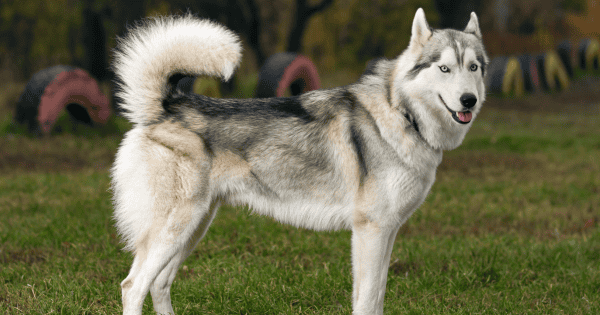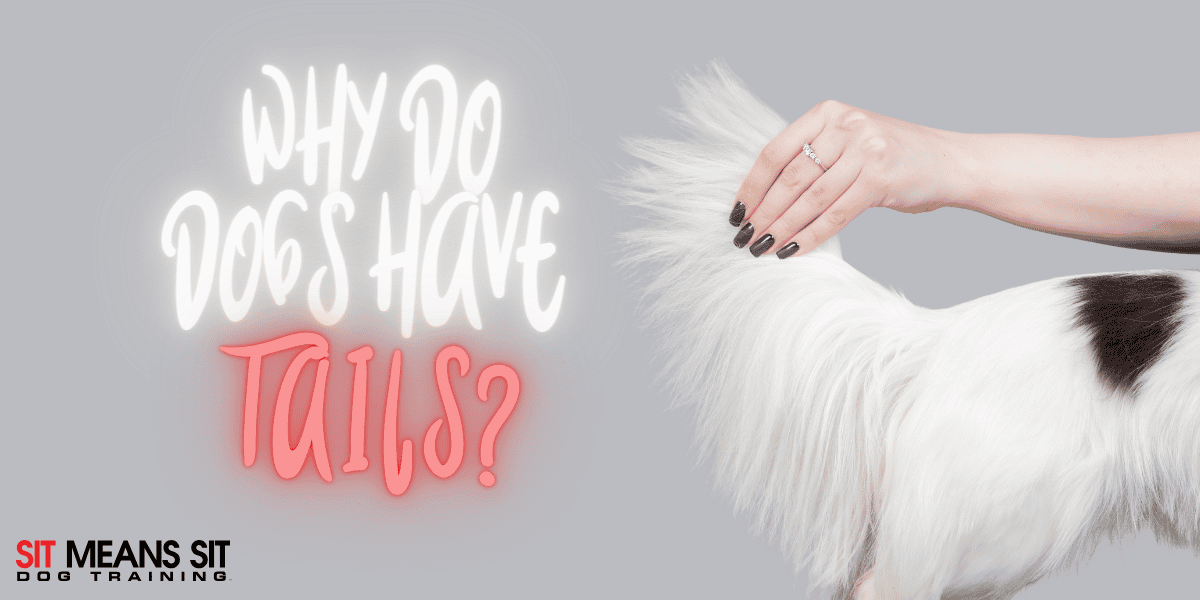For years, we’ve understood that our furry friends need their tails to help with balance and stability. Recently, new research has suggested that their tails may have a different, more important function. Despite their use, two things are certain: dog tails are an essential part of your pup’s spine, and when it’s waggin’ you know it’s been a good day!
Dog Tails and Balance
As we mentioned, dogs have long been understood to use their tails for balance when running, jumping, and participating in other activities. While some evidence suggests that the tail is used during these acts of physical exertion, the tail is being relied on less for balance than we previously thought!
With so many variations of shapes and sizes, there isn’t one universal tail shape or size. Furthermore, some breeds, like the boxer, have their tails shortened or docked. Since tail size isn’t as crucial to movement and balance as we thought, dogs with docked tails do not suffer from balance issues. However, they can struggle with certain aspects of communication and expression.
Dog Tails and Comfort
Dogs bred for cold conditions have tails adapted to help them stay warm! Huskies, for example, curl up in their tails to keep warm. Tails help regulate body temperature and protect delicate body parts, like the nose and paws, from harsh cold.

Dog Tails and Communication
Since we can’t speak directly to our furbabies, finding other ways to communicate effectively is an important part of being a parent to Fido. Research has found that dogs use their tails to communicate emotions.
The most identifiable emotion from our pup is a happy one, usually noticed when our dog wags their tail. While this can mean that they are happy, it expresses any arousal emotions. This could be any positive or negative emotion that your pup is feeling and chooses to express. A good rule of thumb in understanding which emotion is displayed is that the faster a wag, the happier the pup. If your dog’s tail is between its legs with a minimal wag, they may be scared or worried.
Furthermore, their entire body language can help determine what emotions your furry friend could be experiencing. It’s important to contextualize their body language to understand the extent of their emotions.
Caring for Fido’s Tail
In the unfortunate event that your pup injures their tail, you can take a few quick and simple steps to aid them back to health.
Cuts: Apply a dog-safe antibiotic and wrap with a clean bandage. Watch regularly for signs of infection.
Happy Tail: Happy Tail occurs when your dog wags their tail violently and cannot stop. This condition can cause injury to your pup and your home! Contact your veterinarian if you notice your pet’s wagging is too rough.
Fractures: The severity of this injury depends on where the fracture or break is on your canine’s tail. If the fracture is closer to the end, it’ll probably heal independently. If the injury is closer to the base of your dog’s tail, they could’ve suffered further injuries. Contact your vet to find out more information.
And that’s the tale of why dogs have tails! Whether they’re wagging with excitement, helping with balance, or adding an extra adorable touch to every wiggle, a dog’s tail is truly a wonderful part of who they are. So next time your pup’s tail starts to wag, you’ll know there’s more to it than just pure joy—though there’s always plenty of that, too!

